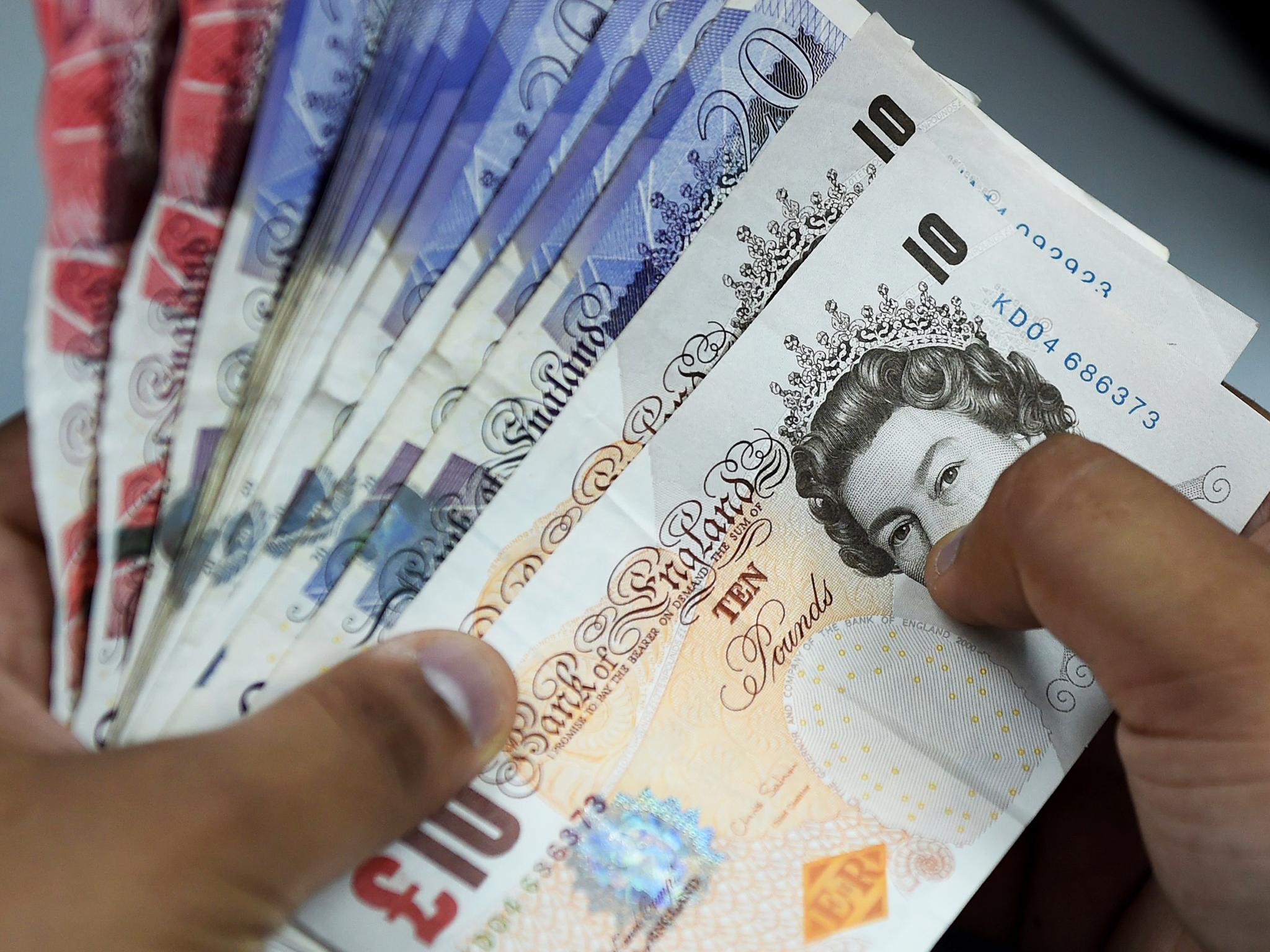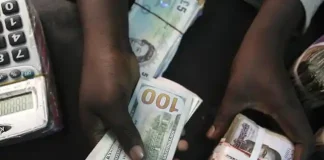The pound slipped on Wednesday as investors remained cautious about negotiations between Britain and the EU on a Brexit deal and as broader currency markets waited for an expected Federal Reserve interest rate hike later in the day.
After suffering its biggest one-day loss since 2016 on Friday when Prime Minister Theresa May had warned that Brexit negotiations with Brussels had come to an impasse, the pound has traded higher in recent sessions, reflecting some optimism that Britain will secure a deal on its withdrawal from the European Union, due in March.
On Wednesday, sterling fell 0.1 percent to $1.3171, still above the $1.3041 low hit on Friday.
The pound initially fell versus the euro before finding its feet as the single currency weakened in New York trading. Sterling gained 0.2 percent to trade at 89.14 pence per euro.
“The pound has continued its recent recovery after the sell-off at the end of last week. Concerns that we might see another election appear to have disappeared for the time being, after Prime Minister May pushed back hard on the idea when questioned about it on her way to the UN in New York,” said Michael Hewson, chief market analyst at CMC Markets.
With little in the way of big market-moving economic data in the near-term, domestic politics and sentiment around Brexit talks remain the driver for the pound.
Britain’s ruling Conservative Party hold their annual conference next week, and all eyes are on whether May can win over critics of her Brexit proposals.
Opposition leader Jeremy Corbyn said on Wednesday his Labour Party would vote against a deal based on May’s Brexit proposals, underlining the battle the prime minister will have in getting any agreement with Brussels through the British parliament.
“Pound not so Brexit-hit after all, but let’s not jump into any conclusions yet,” wrote Fawad Razaqzada, market analyst at Forex.com.
The U.S. Federal Reserve is expected to raise interest rates for the third time this year later on Wednesday, and investors will be looking for clues as to whether the central bank will ramp up the pace of policy tightening following signs of an acceleration in U.S. economic growth.














